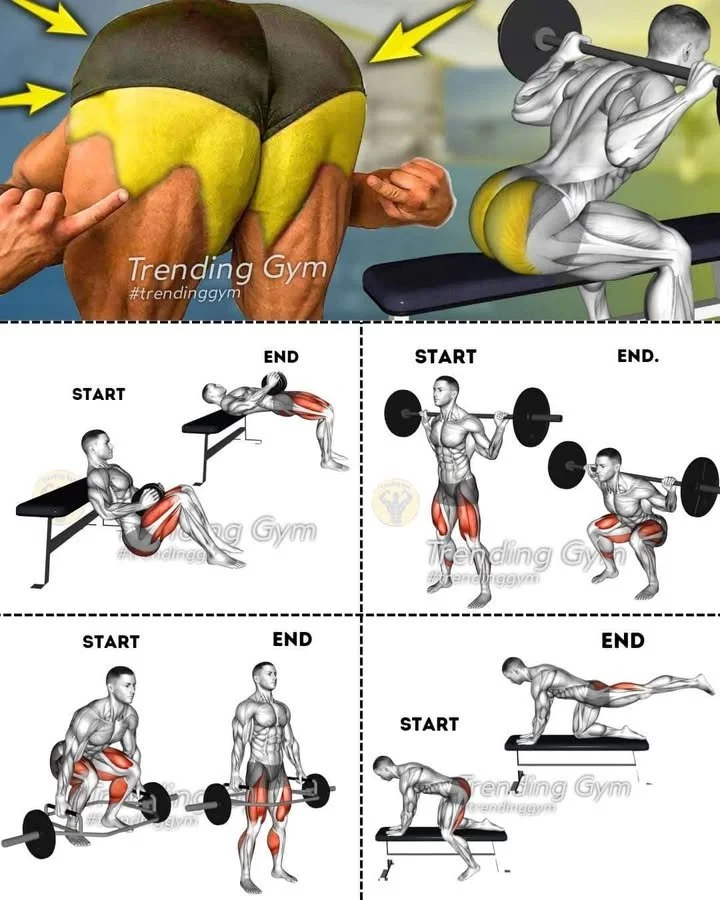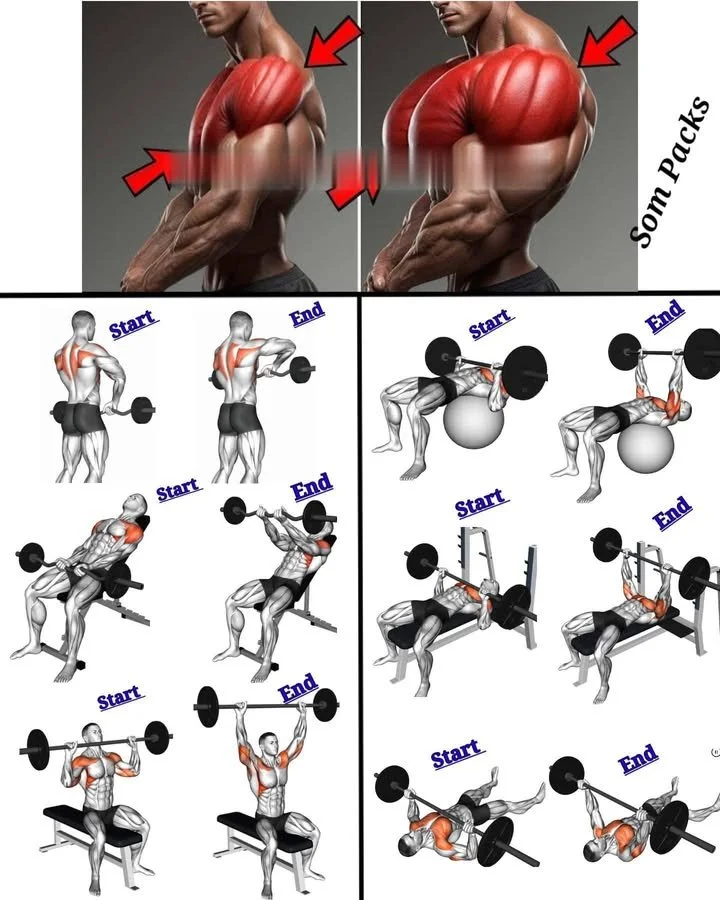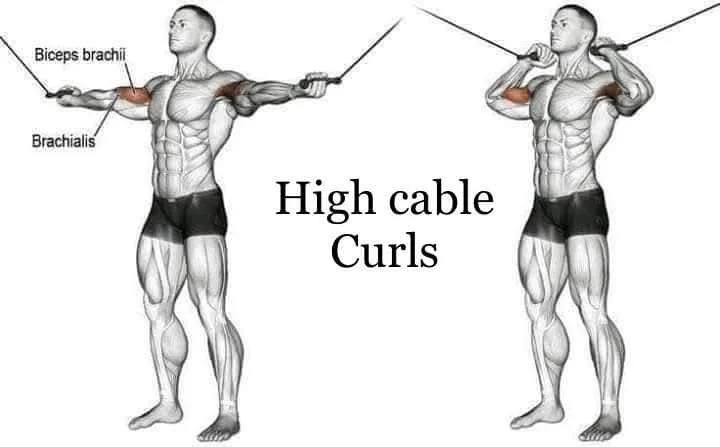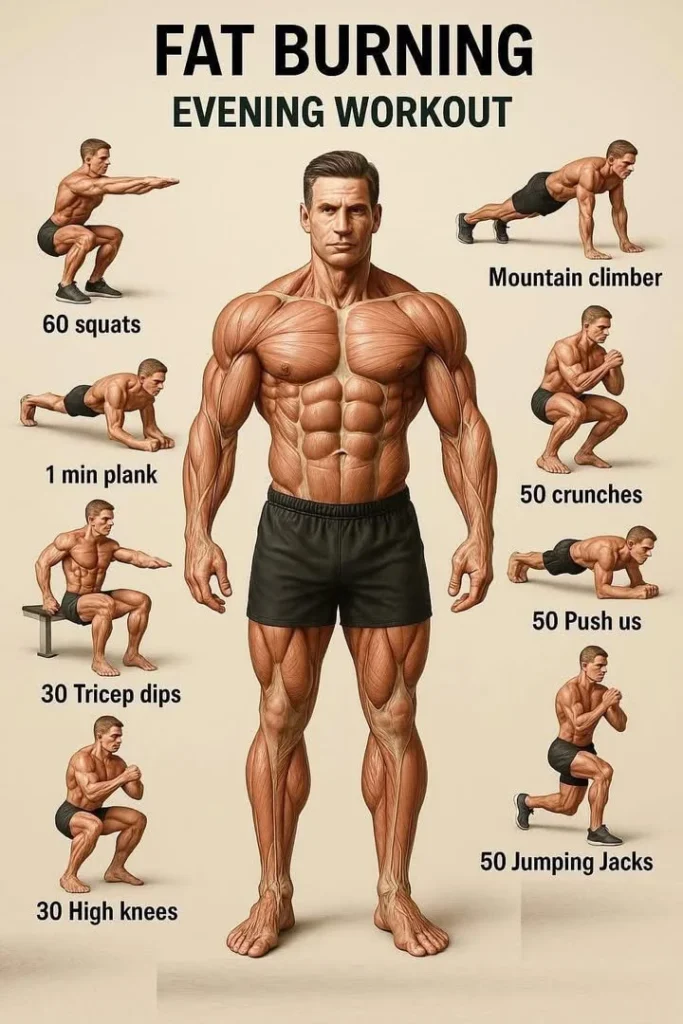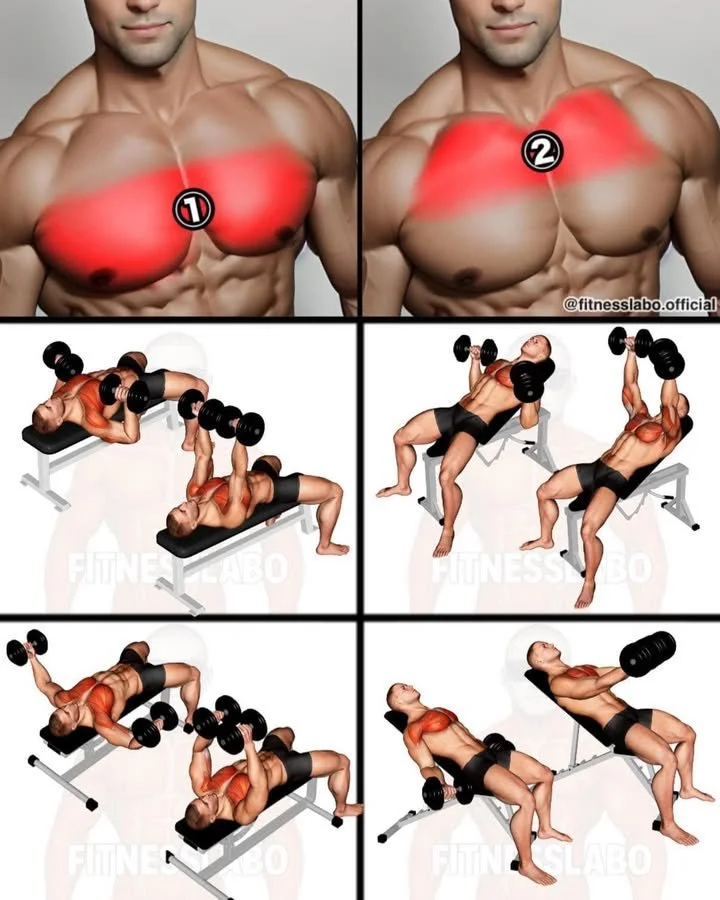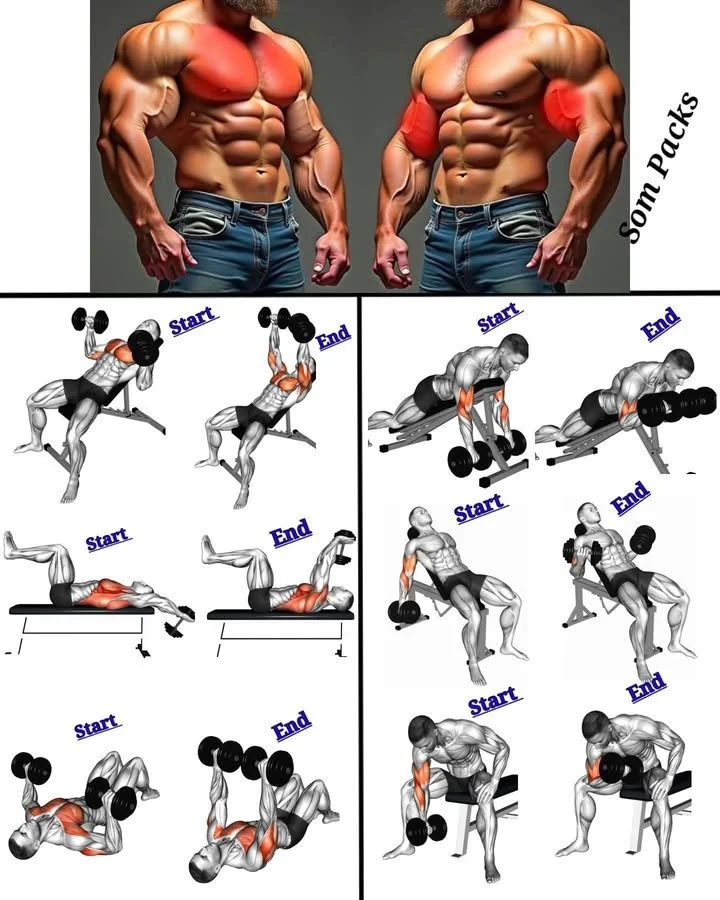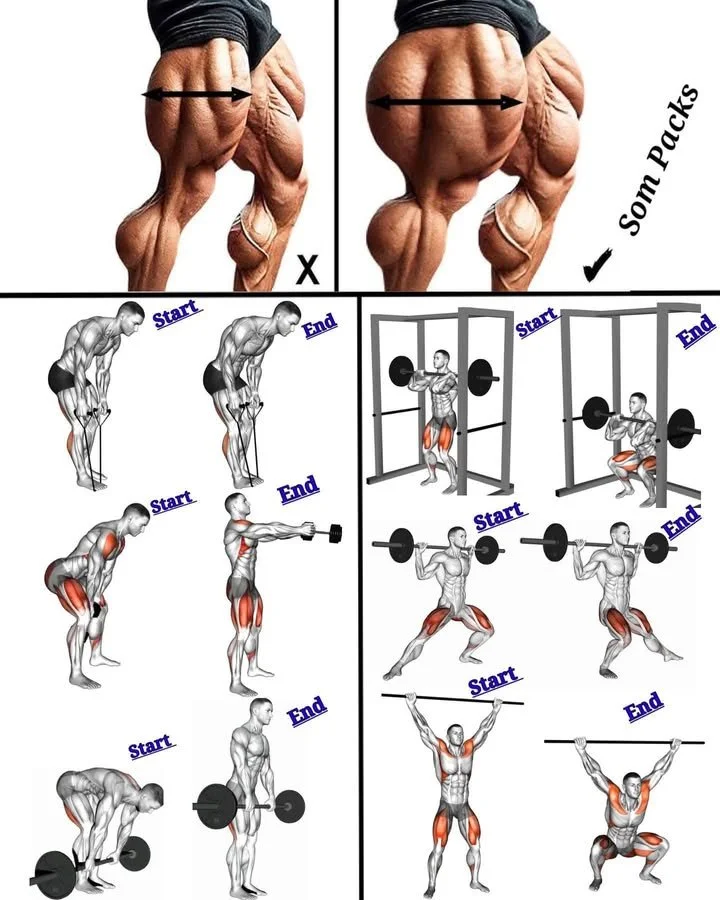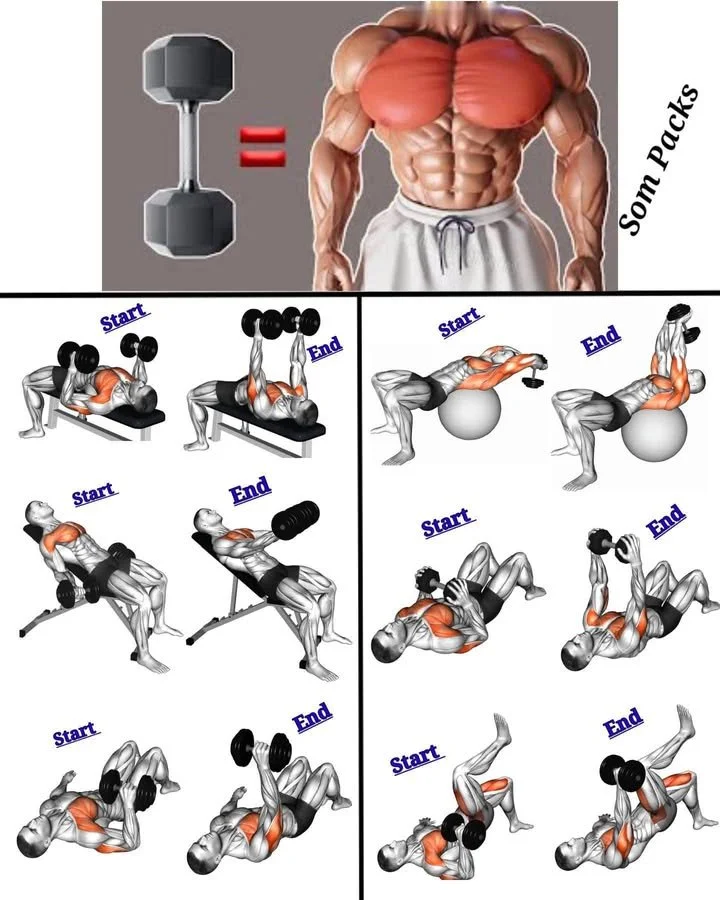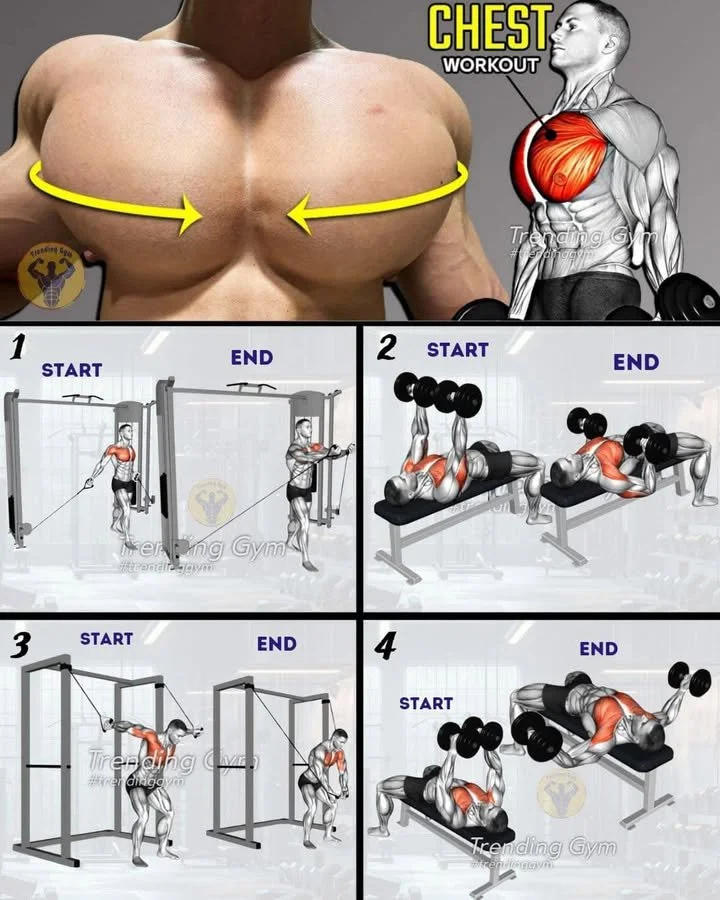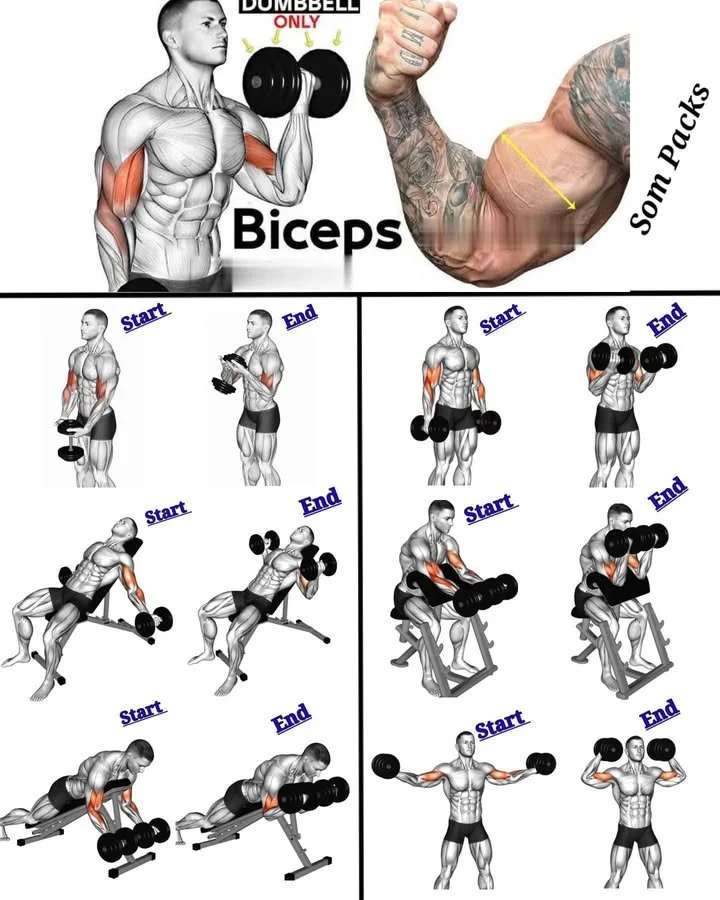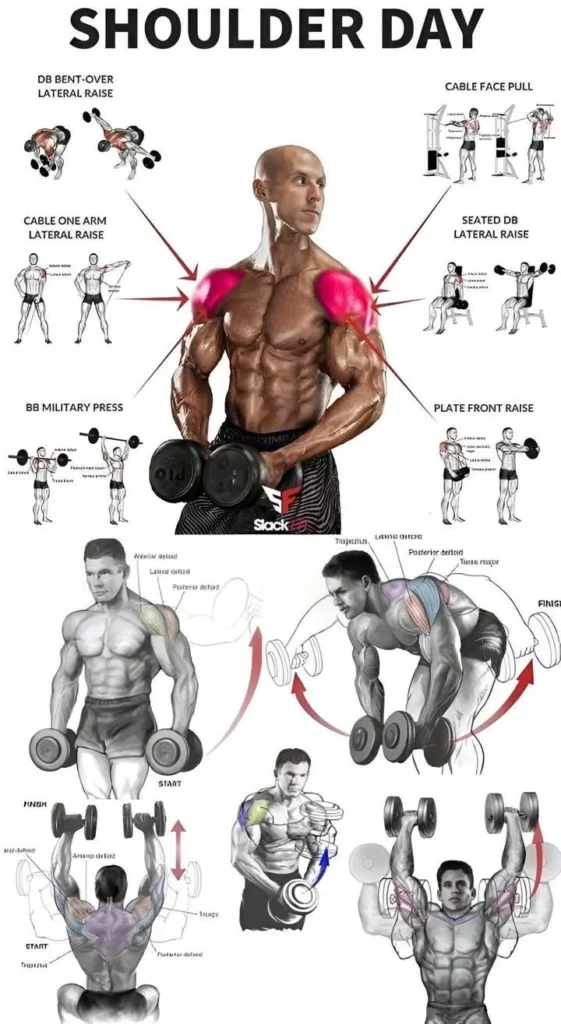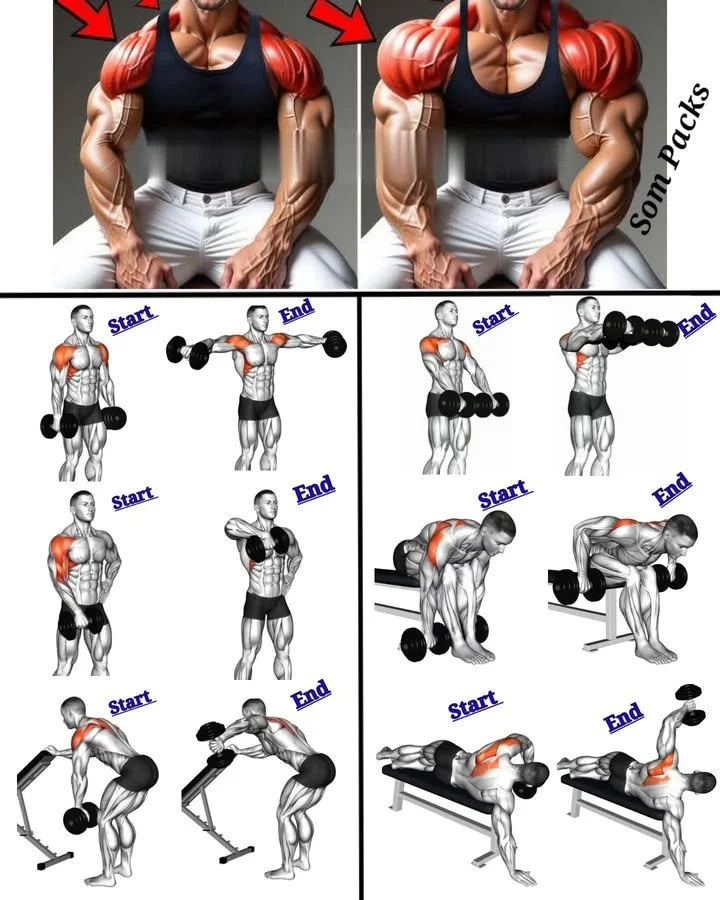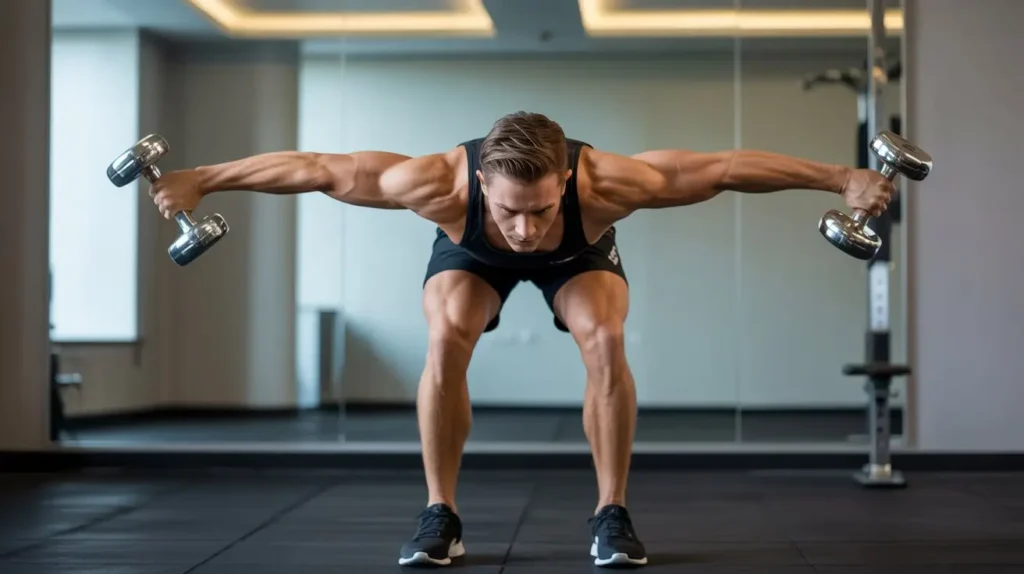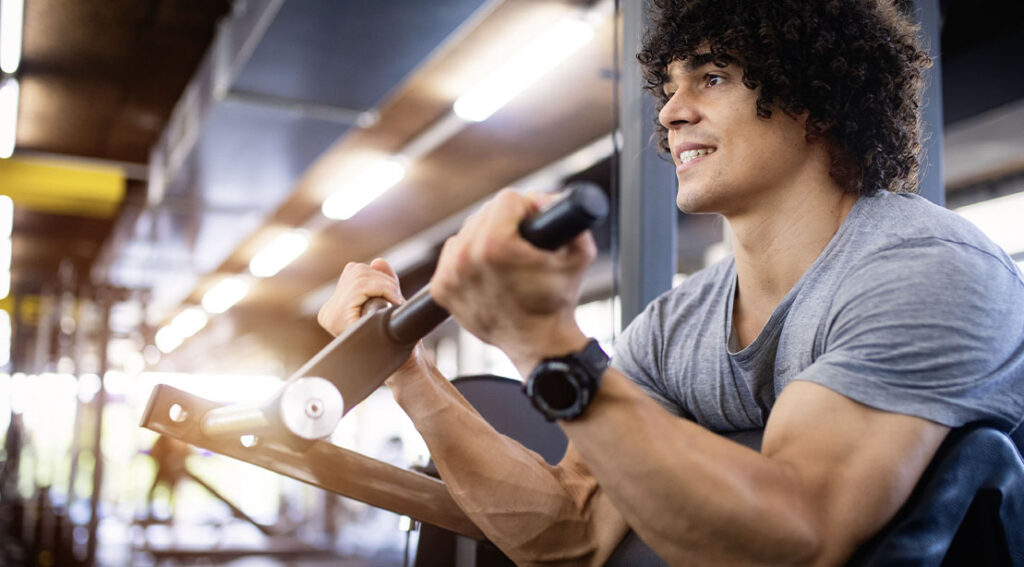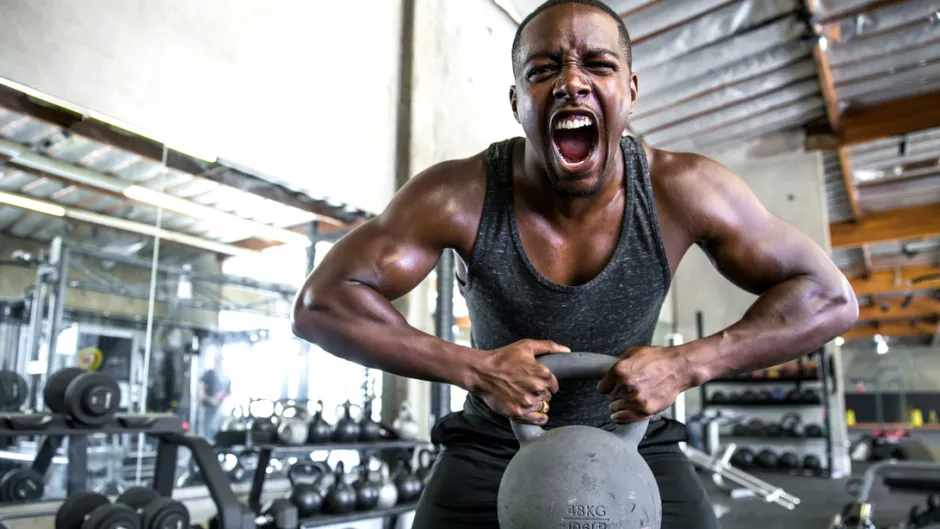✅ How To Build Bigger Glutes – Legs Workouts 1 Bench Hip Extension 2 Barbell Squats 3 Barbell Deadlift 4 Donkey Kicks 3 sets 10-12 reps #fitness #gym #exercise #workout #workoutroutine #exercis…
How to Build Bigger Glutes: Effective Leg Workouts
Building bigger glutes is a common fitness goal for many who seek both aesthetic appeal and improved functional strength. A well-developed posterior not only enhances your physical appearance but also supports better athletic performance and overall body mechanics. In this article, we’ll explore a targeted workout routine aimed at maximizing glute growth through various leg exercises.
Key Exercises for Glute Development
To achieve your glute goals, consistency and progressive overload are crucial. Here’s an effective workout routine that includes a mix of compound and isolation exercises.
1. Bench Hip Extension
Begin your workout with the Bench Hip Extension. This exercise focuses on the glutes while also engaging the hamstrings and lower back.
How to Perform:
- Sit on the edge of a bench with your upper back and shoulders resting against it.
- Roll a barbell over your lap, or use a weight plate for added resistance.
- Plant your feet firmly on the ground, shoulder-width apart.
- Push through your heels to lift your hips off the ground until your body forms a straight line from shoulders to knees.
- Lower your hips back down and repeat.
Sets: 3
Reps: 10-12
2. Barbell Squats
Squats are a powerhouse for glute development and overall leg strength. The barbell squat allows you to load extra weight, facilitating muscle growth.
How to Perform:
- Stand with your feet shoulder-width apart and a barbell resting on your traps.
- Lower your body by bending at the knees and hips, keeping your chest up and back straight.
- Descend until your thighs are parallel to the ground or lower.
- Push through your heels to return to the starting position.
Sets: 3
Reps: 10-12
3. Barbell Deadlift
The Barbell Deadlift is another essential exercise that not only targets your glutes but also engages your entire posterior chain, including your hamstrings and lower back.
How to Perform:
- Stand with your feet hip-width apart and a barbell over your mid-foot.
- Bend at your hips and knees to grasp the barbell.
- Keeping your chest up and back straight, push through your heels to lift the barbell off the ground.
- Fully extend your hips at the top of the movement before returning to the starting position.
Sets: 3
Reps: 10-12
4. Donkey Kicks
To isolate and strengthen the glute muscles further, incorporate Donkey Kicks. This exercise allows for increased activation of the gluteus maximus.
How to Perform:
- Start on all fours on a mat, with your hands under your shoulders and knees under your hips.
- Keeping your knee bent, lift one leg towards the ceiling, squeezing your glute at the top.
- Lower the leg back to the starting position without touching the ground.
- Repeat on one leg before switching to the other.
Sets: 3
Reps: 10-12
Final Thoughts
Incorporating these exercises into your workout routine can significantly enhance the size and strength of your glutes. Remember to focus on your form and gradually increase the weights as you get stronger. Alongside this routine, a balanced diet rich in protein and healthy fats will support muscle growth and recovery. Stay committed, and you’ll see the results in your glute development over time.
Utilize this guide to craft a workout plan that works for you, and enjoy the journey to stronger, rounder glutes!
#fitness #gym #exercise #workout #workoutroutine #exercise

